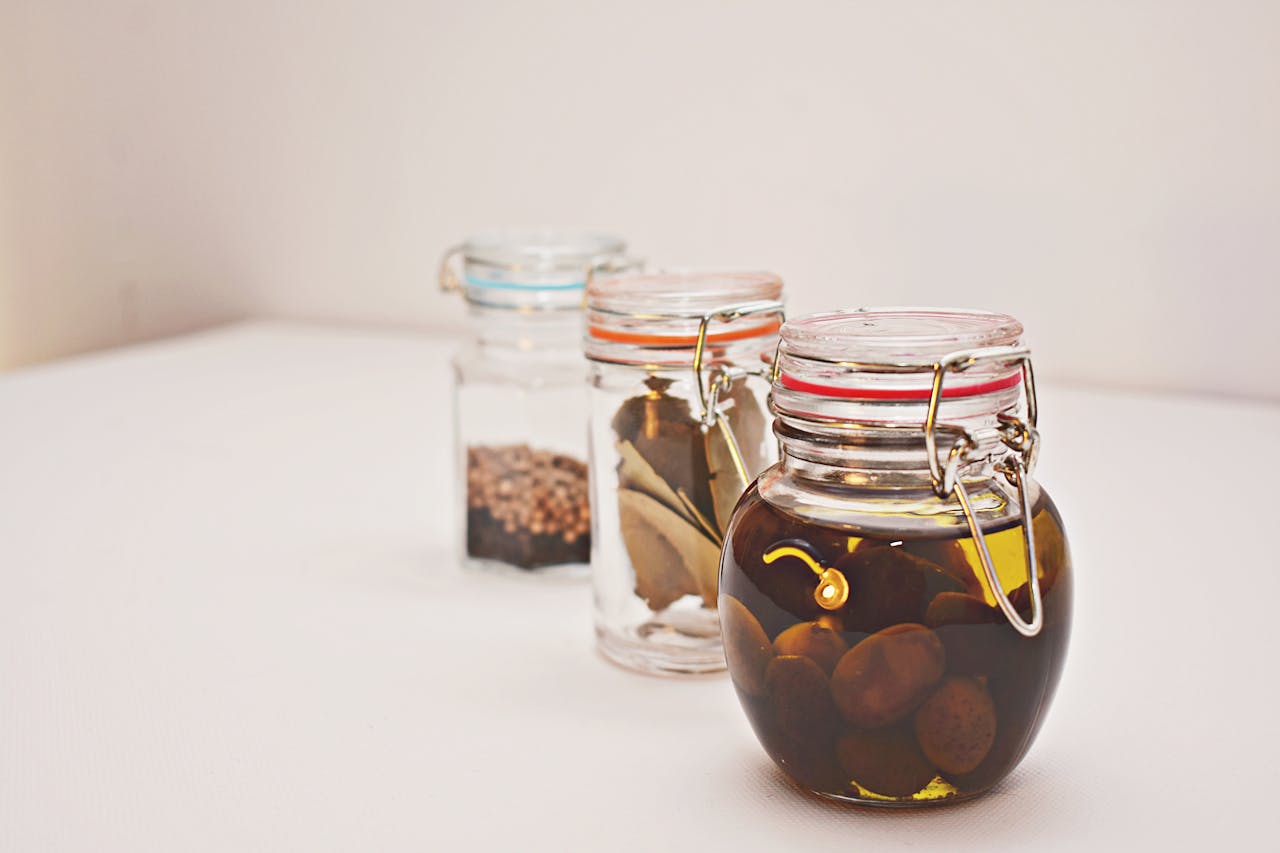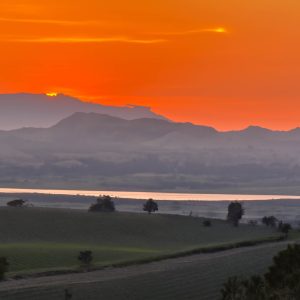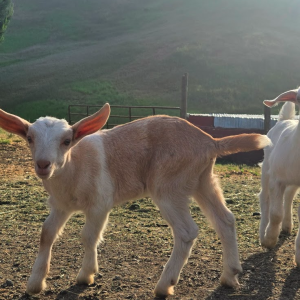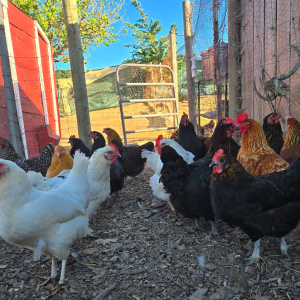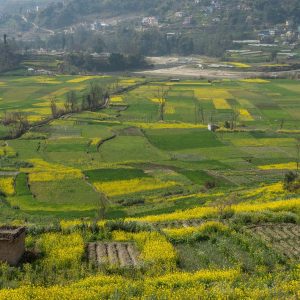These olives are typically larger, meatier, and have a texture and flavor profile that makes them ideal for eating.
- Kalamata (Greece): Famous for its dark purple color and almond shape, often cured in brine or wine vinegar.
- Manzanilla (Spain): A popular green table olive, often stuffed with pimentos or garlic.
- Sevillano (USA/Spain): Large, green olives often used for California-style black olives.
- Hojiblanca (Spain): Sometimes used as a table olive, especially when green.
- Picholine (France): A small, green olive often brine-cured and popular in French cuisine.
- Gaeta (Italy): Small, purple-black olives often dry-cured or brine-cured.
- Nocellara del Belice (Italy): Large, green olives often cured in brine or pressed.
- Cerignola (Italy): Large, meaty olives available in green, black, or red varieties.
- Domat (Turkey): A large, green olive often used for pickling.
- Gemlik (Turkey): Small, black olives often dry-cured or brine-cured.
- Mission (USA): Used for both green and black table olives.
- Cobrançosa (Portugal): Often used as a table olive when fully ripe.
Olive Varietals Primarily for Olive Oil
These olives are typically smaller, with a higher oil content and a more intense flavor profile.
- Picual (Spain): High oil content, robust flavor, and high stability.
- Arbequina (Spain): Mild, fruity, and aromatic oil, often used in premium blends.
- Koroneiki (Greece): Small but very high oil content, with a strong, peppery flavor.
- Frantoio (Italy): A classic Italian varietal with a balanced, fruity flavor.
- Leccino (Italy): Mild and delicate oil, often blended with Frantoio.
- Coratina (Italy): High oil content with a strong, peppery flavor.
- Chemlali (Tunisia): High oil content, often used in blends.
- Chetoui (Tunisia): High oil content with a slightly bitter, spicy flavor.
- Souri (Israel/Lebanon): High oil content with a robust, fruity flavor.
- Barnea (Israel/Australia): High oil content with a mild, buttery flavor.
- Picudo (Spain): High oil content with a fruity, slightly sweet flavor.
- Cornicabra (Spain): High oil content with a slightly bitter, spicy flavor.
Dual-Purpose Varietals
These olives can be used for both table olives and olive oil production, depending on how they are harvested and processed.
- Hojiblanca (Spain): Used for both oil and table olives.
- Manzanilla (Spain): Primarily a table olive but can also be used for oil.
- Picholine (France): Used for both table olives and oil.
- Verdial (Spain/Portugal): Used for both oil and table olives.
- Galega (Portugal): Used for both oil and table olives.
- Cobrançosa (Portugal): Used for both oil and table olives.
- Nocellara del Belice (Italy): Primarily a table olive but can be used for oil.
- Mission (USA): Used for both table olives and oil.
- Carolea (Italy): Used for both oil and table olives.
- Empeltre (Spain): Used for both oil and table olives.
Key Differences Between Table Olives and Oil Olives
- Size and Texture:
- Table olives are larger and meatier, making them more enjoyable to eat.
- Oil olives are smaller and have a higher oil content.
- Oil Content:
- Oil olives have a higher oil yield (15-30% oil content).
- Table olives have lower oil content and are often harvested earlier.
- Harvesting Time:
- Table olives are often harvested earlier (green) or at full ripeness (black).
- Oil olives are typically harvested at peak ripeness for maximum oil yield.
- Curing Process:
- Table olives undergo curing processes like brining, dry-curing, or lye treatment.
- Oil olives are pressed shortly after harvesting to extract oil.

